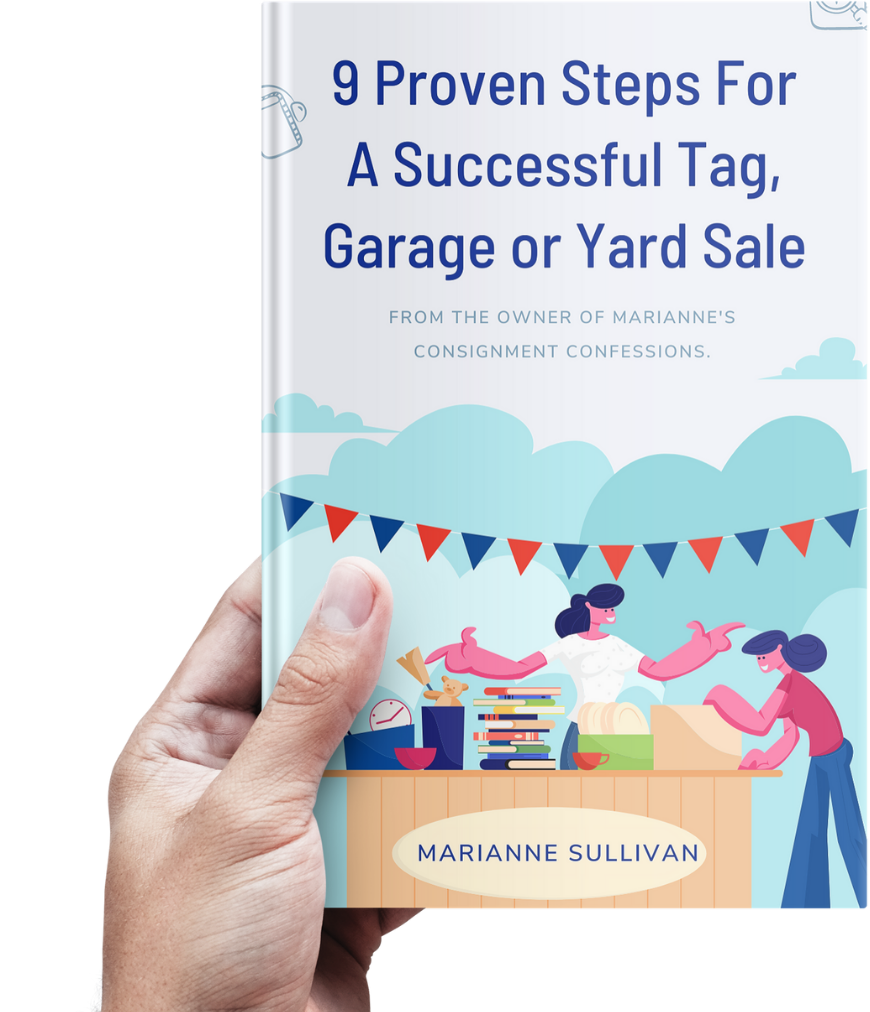“For a house to be successful, the objects in it must communicate with one another, respond and balance one another.”
Andre Putnam
This is the first installment in a multi-part series on designing the rooms in your home. Because we tend to spend an awful lot of our waking hours living in our living rooms, I thought we’d start there. A lot of these “rules” will pertain to almost all decorating projects, but each room we cover will have some of their own quirks and special needs. When decorating a living room (or any room) the first thing to keep in mind should be: What do I need this room to do? Or better, how do I intend to live in this space? All other choices will be guided by the answer.

1. Measure Your Space
If I am going to bake an angel food cake, I need to know that I not only have all the ingredients, but I must make sure that that I have the right tools – in this case an angel cake pan. The same is true of interior design. You definitely need to know what your parameters are in order to have a good design. So get out the old measuring tape. Don’t just record width and length, although that is your best jumping off point. Measure ceiling height, door and window sizes and where the fireplace is on the wall. You really can’t overdo it here. The more information you have the more accurate and detailed your design plan will be.

2. Plan Out The Major Pieces and Floor Plan
You can use a CAD (computer aided design) program to help with your layout or draw it on the back of an envelope. It doesn’t really matter as long as you take into account the space you are dealing with and what major furniture pieces you need the room to have. CAD allows you to play a bit more with the options, but good old graph paper works well too. Try putting in things like a couch, a coffee table, a console table and accent chairs. Don’t forget to include a bar or the TV (with associated media stand) or any other major piece that the function of the room requires. Move the pieces around on paper or screen to see what works ideally. Look at traffic patterns (based on your doorways) and allow for room to move about.
3. Decide on Your Aesthetic
Are you country farmhouse? Mid-century modern? Or pure traditional? Or maybe an eclectic mix of all of that? Whatever style appeals to you, it’s helpful, at this point, to determine the style for the room; this will help you narrow your search for items in future steps. Pinterest, and apps like it, help a lot at this point. What pins are you saving on your boards (here’s a link to some of mine: Marianne’s Consignment Confessions – Pinterest – follow me, if you like)? It will tell you a lot about what you like.

4. Choose Your Color Palette
When choosing color for your walls you want to consider not only what colors you like but also what is going on in the adjoining rooms. Colors in a home need to work harmoniously. If the living room is off the kitchen and the kitchen is blue, you can choose a contrasting color like yellow or orange, or select a color that is analogous like green. You can also opt for another shade of the same color. Just give it some thought, buy some samples and live with your choice awhile.

5. Purchase Major Pieces
So now it’s time to source your couch and loveseat or chairs. These pieces will anchor the room and give it its primary function. Check out traditional retail furniture stores, online sellers as well as consignment stores. I’m a big believer in keeping major upholstered pieces solid. They usually represent a fairly sizable investment, so it’s a bit safer to stay away from pattern that may go in and out of fashion. Accent chairs, throws, curtains and pillows can be patterns or off-palette colors without the commitment of the major pieces.

6. Add Lighting
Three lighting sources in a room is ideal. Plan your light for overall ambiance as well as task lighting. How you are using this room will determine where lights need to be and how many your need. There are some helpful tips in my recent blog: Why You Should Add a Floor Lamp to Your Decor.

7. Decide on Accessories
This part, for most of us, is the most fun, but it is best left for last. Full disclosure: I have, occasionally used a piece of art or a furniture item as a jumping-off point for a room. It is best, however, to add the accessories at the end. I’m not saying that that painting you adore shouldn’t automatically be a part of the living room your planning (and no, it doesn’t have to “match” the sofa). Have fun with this step and consider it an on-going process. Surround yourself with things that give you joy. You and your whole family will be better for it.
A Final Thought…
Your living room is for living. Planning it well will allow you to live a richer, more comfortable life.
And Now For Some Music Before We Go…
“The details are not the details, they make the design.”
Charles Eames












No Comments